Have you ever wondered how a garden can become a playful space where children learn and explore simply by using their sense of touch?
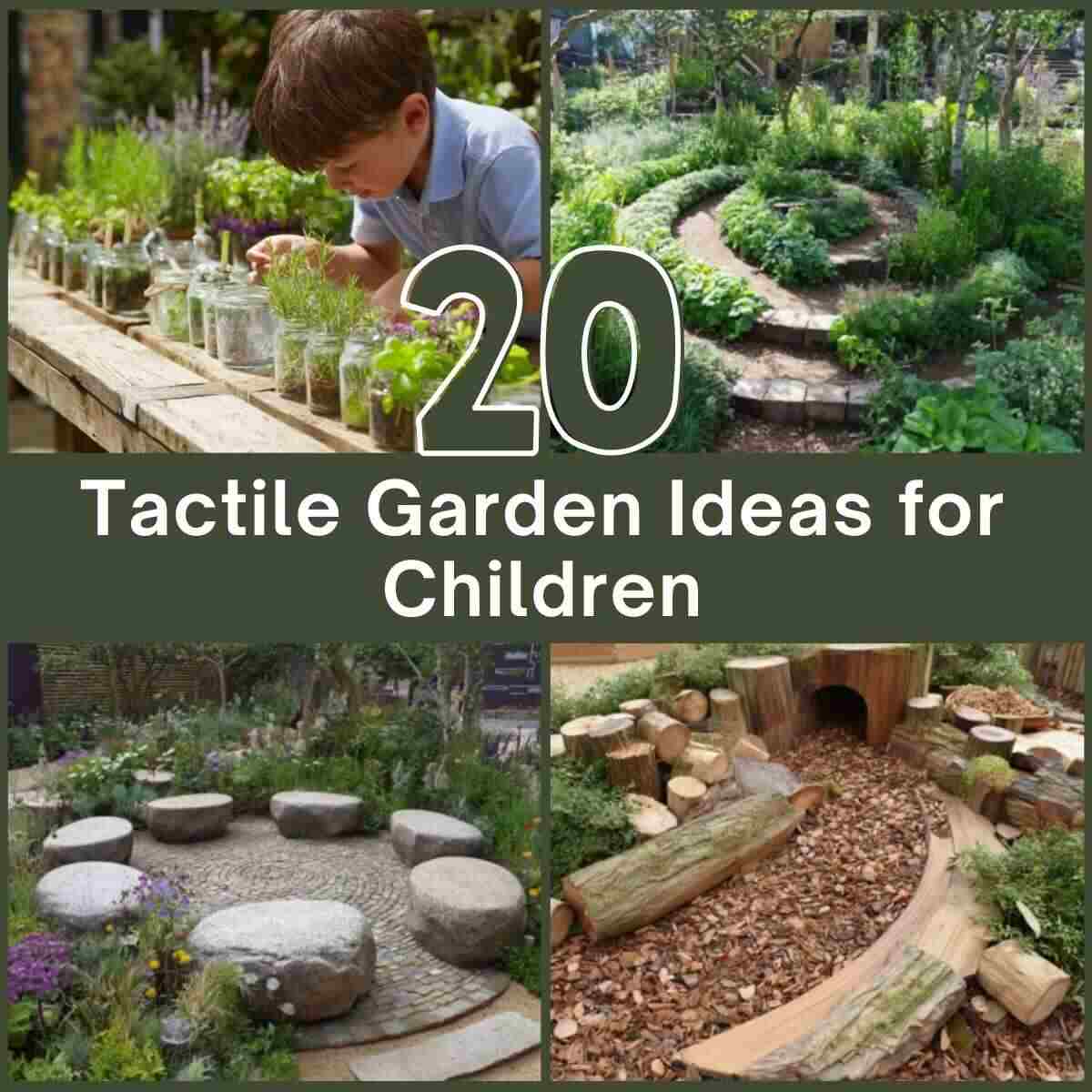
Touching different textures in a garden is a fun way for kids to play, learn, and explore nature.
These tactile garden ideas for children make it easy to create a space full of things they can feel and enjoy.
1. Sensory Stepping Stone Path
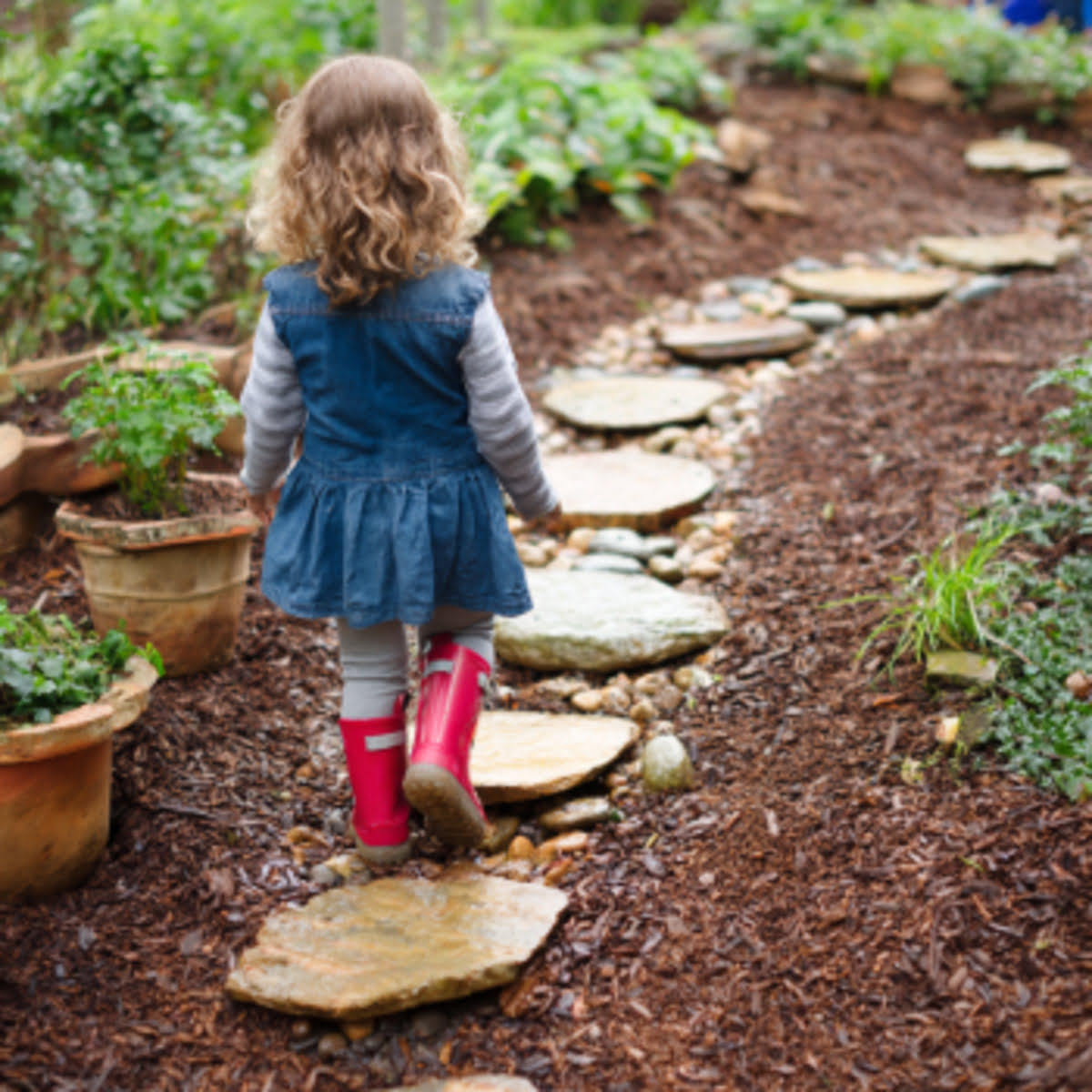
A stepping stone path with stones of different textures, like smooth river rocks and rough pebbles, makes walking a sensory adventure.
Children can feel the changing textures under their feet and learn balance as they hop from stone to stone. This simple idea is a wonderful way to bring tactile play into the garden.
2. Herb Spiral Garden
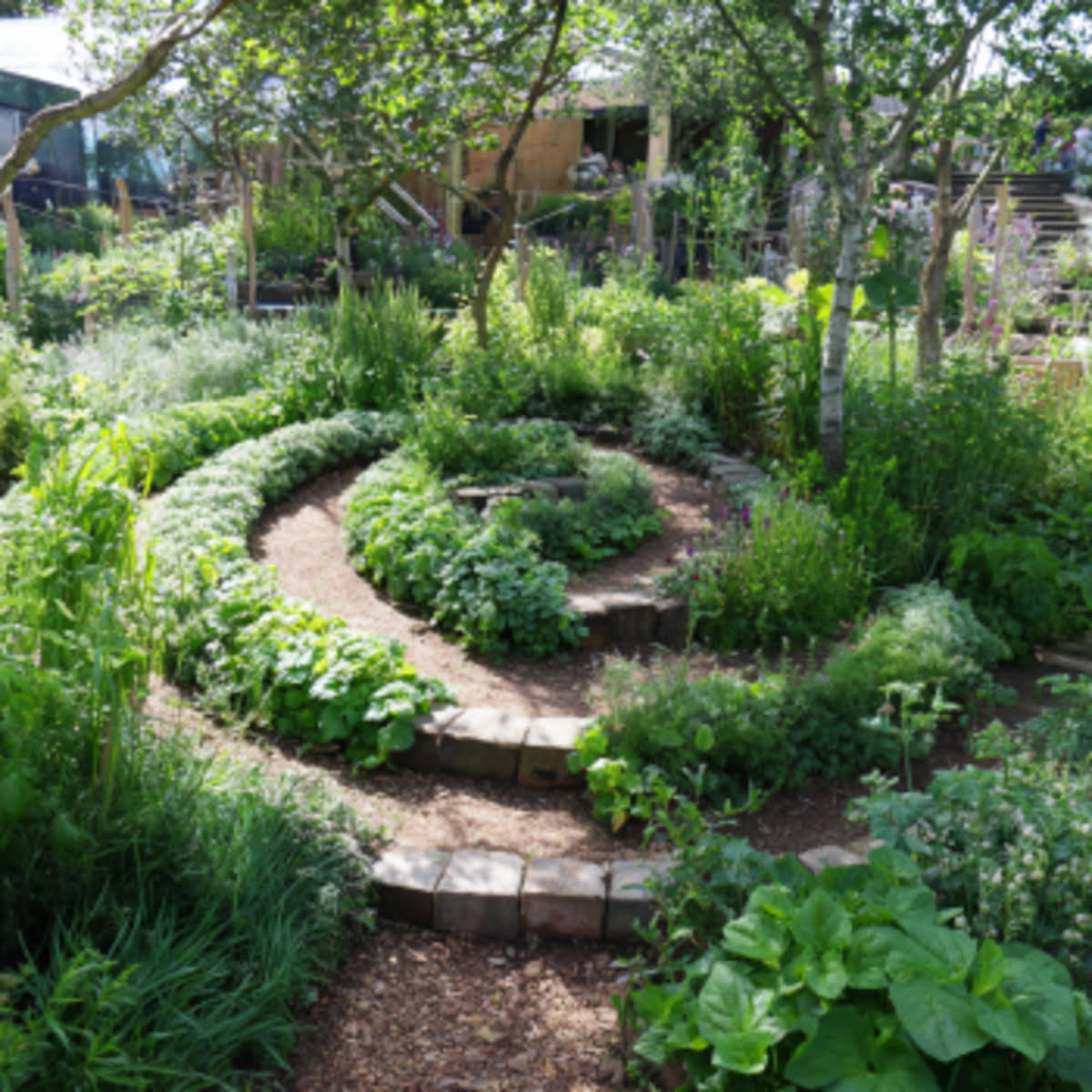
An herb spiral allows children to run their hands through fragrant and textured plants like rosemary, thyme, and mint.
The spiral design encourages exploration at different heights and angles, making it fun to touch and smell. As a tactile garden idea for children, it combines learning about plants with sensory play.
3. Textured Leaf Trail
A pathway lined with plants that have different types of leaves, from smooth to fuzzy, lets kids feel nature in many ways.
They can explore soft lamb’s ear, rough holly, or waxy succulents while walking the trail. This idea highlights how textures in nature are diverse and exciting to touch.
4. Grass Maze
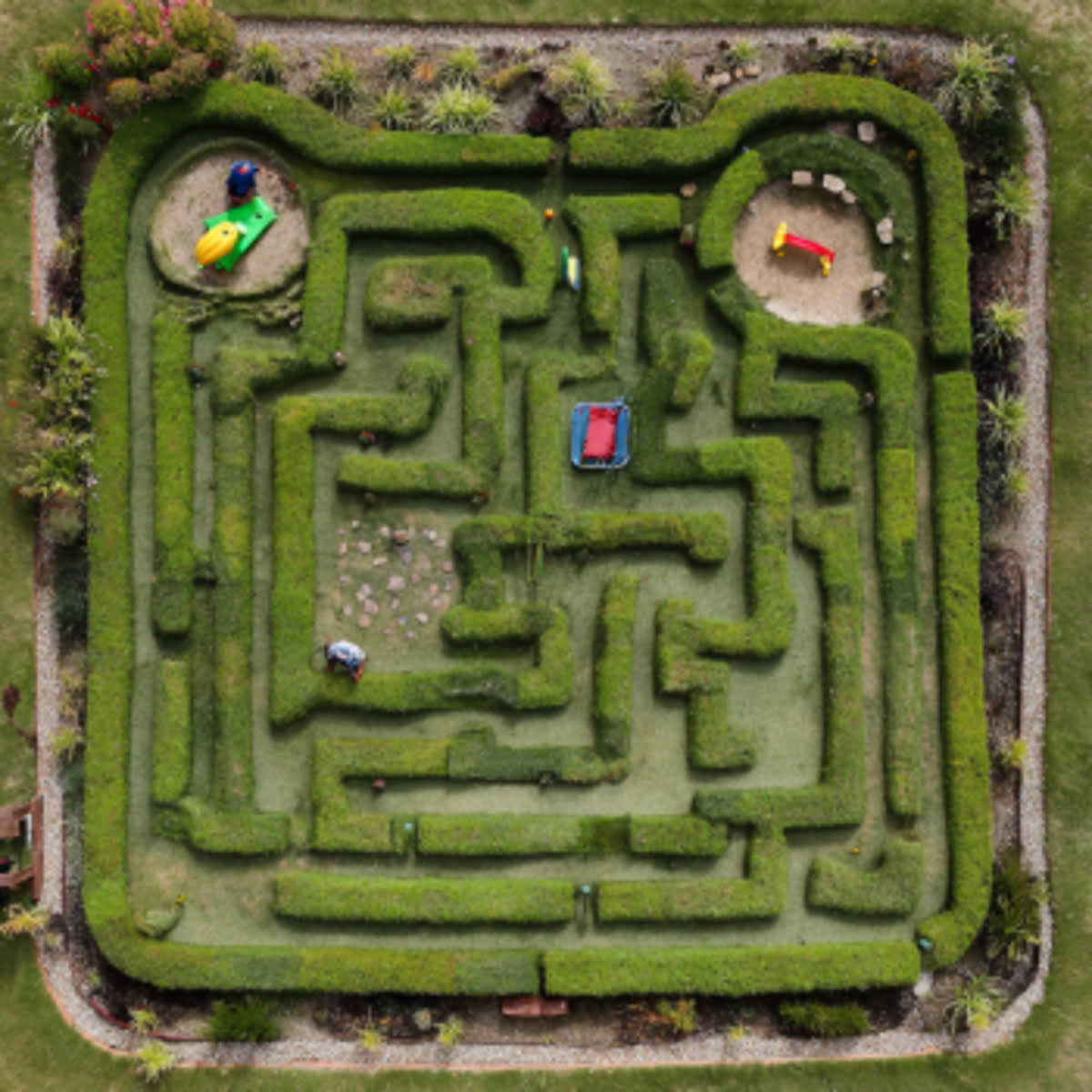
A small maze made with tall ornamental grasses gives children a playful tactile adventure.
The swaying blades brush against their arms and faces as they move through, creating a gentle sensory experience. This idea adds fun exploration while teaching them about movement and touch in the garden.
See, 10 Creative Garden Ideas for Mini Corn Mazes
5. Pebble Play Corner
A corner filled with pebbles of various sizes lets children scoop, pile, and run their hands through the stones.
The hard, smooth textures are calming and engaging for tactile play. This type of corner provides a safe and contained area for creative sensory exploration.
6. Mud Kitchen Garden
A mud kitchen allows kids to dig, mix, and create with soil and water. The tactile experience of squishing mud in their hands teaches them about textures and natural materials.
As one of the most classic tactile garden ideas for children, it sparks imaginative play while connecting them to the earth.
7. Fuzzy Plant Bed
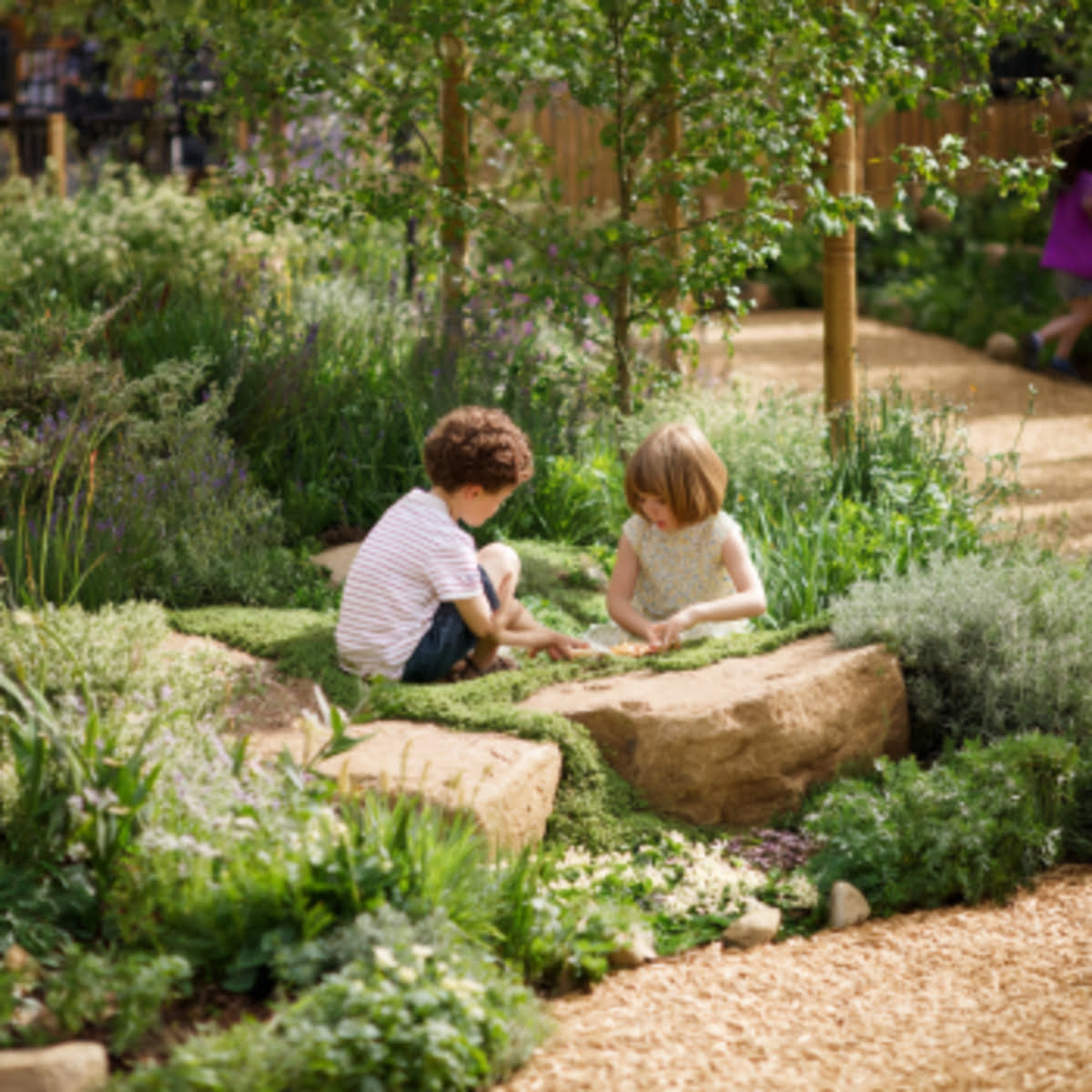
A patch filled with fuzzy plants like lamb’s ear or mullein creates a soft and inviting touch zone.
Children love to stroke the velvety leaves, and it becomes a comforting sensory spot. This area highlights how plants can be chosen specifically for their tactile appeal.
8. Bark and Woodchip Zone
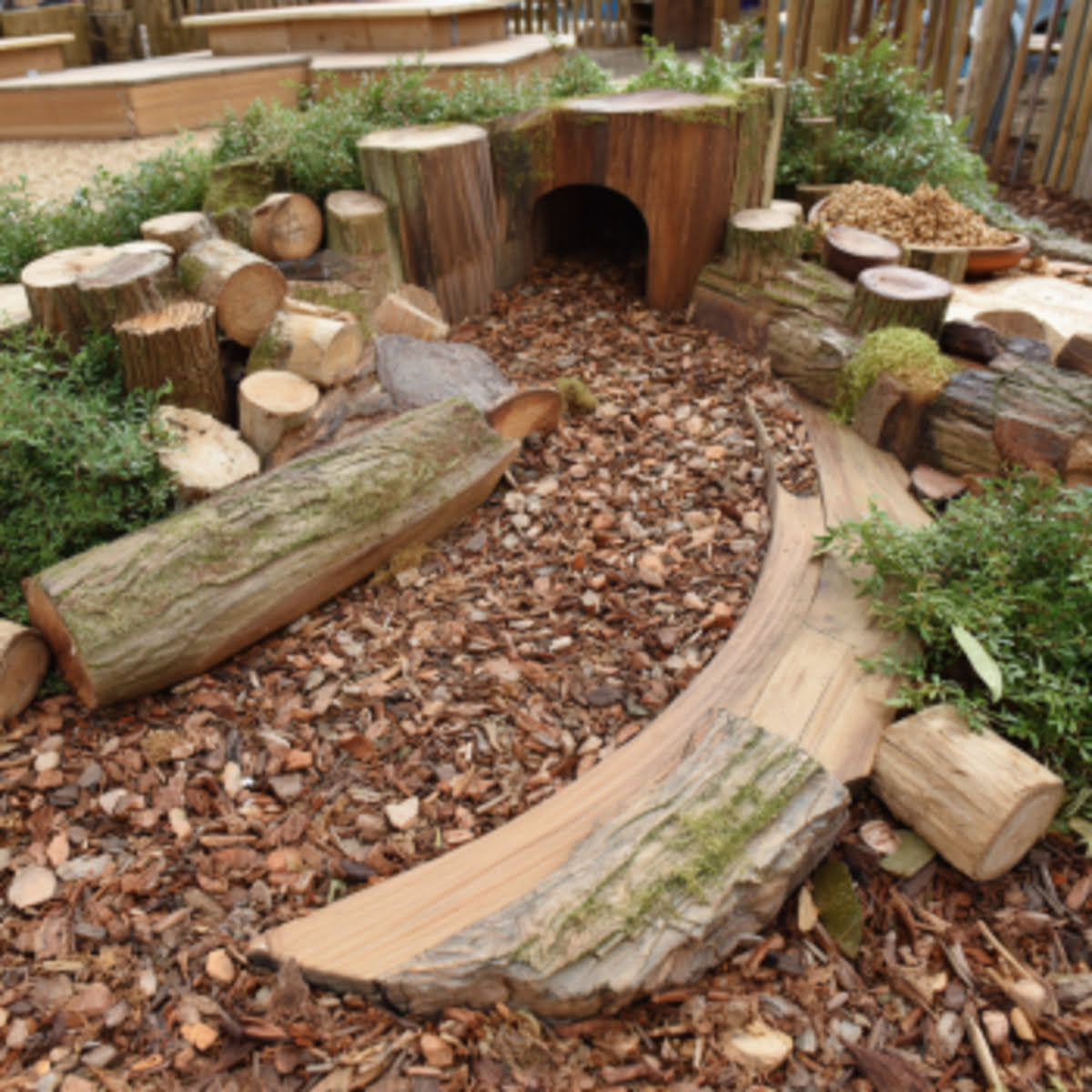
A section covered in bark and woodchips introduces children to rough, crunchy textures underfoot.
Walking, sitting, or digging in this space encourages tactile learning about natural materials. It’s also a practical way to add variety to the garden while supporting sensory play.
9. Mossy Patch Area
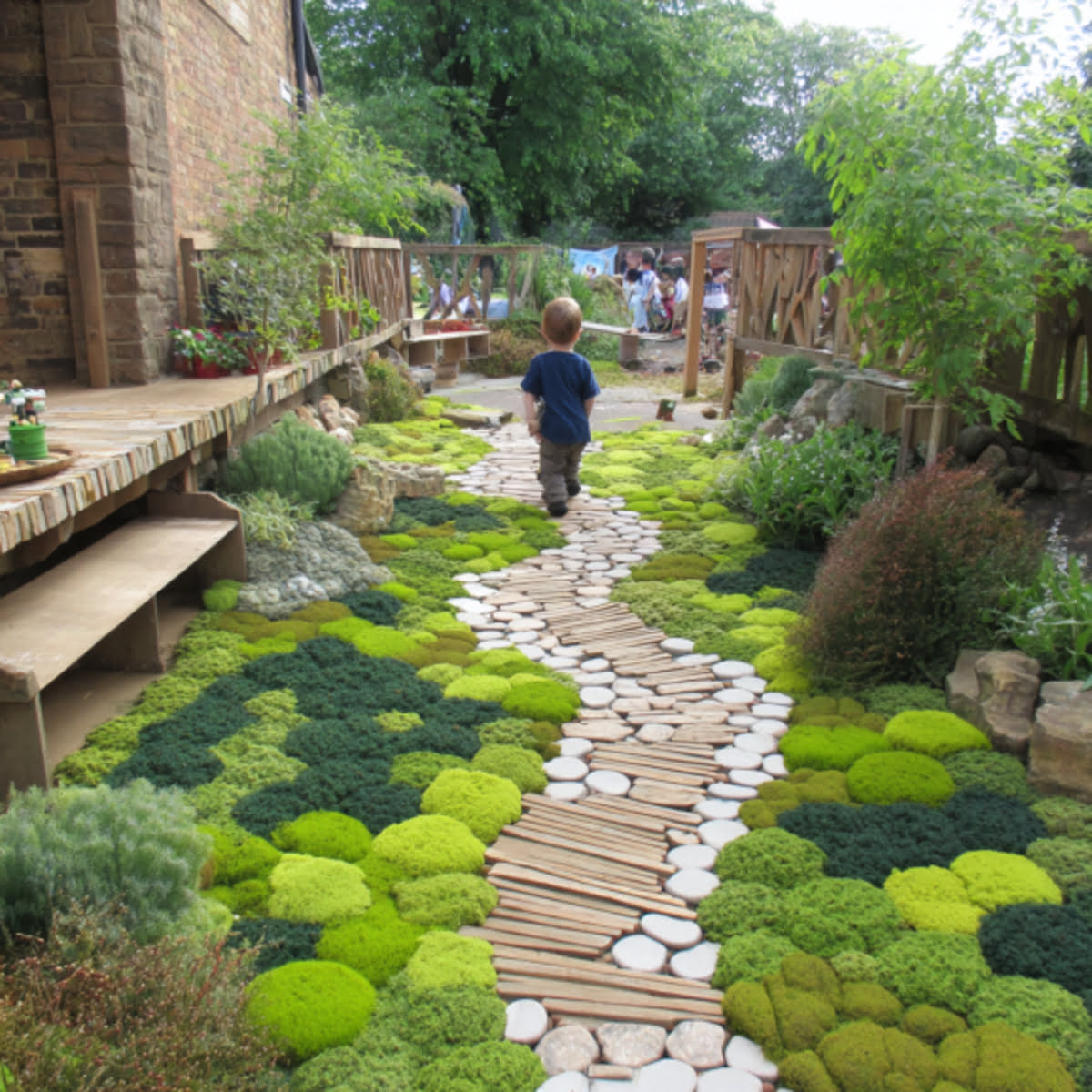
A mossy spot in the garden creates a soft, cushiony space that children can touch and explore.
The cool, spongy texture is very different from grass or soil, making it an exciting tactile discovery. This patch encourages kids to notice the small details in nature.
10. Water Play Feature
A small fountain, stream, or water wall lets children feel the cool, flowing texture of water. They can splash, dip their hands, or watch how water moves over rocks and plants.
This adds movement and touch, making it one of the most interactive tactile garden ideas for children.
11. Sand Digging Pit
A sand area allows children to dig, build, and create with their hands. The shifting texture of sand provides endless opportunities for tactile play.
This idea helps develop fine motor skills while keeping children entertained for hours.
12. Touch-and-Smell Herb Pots
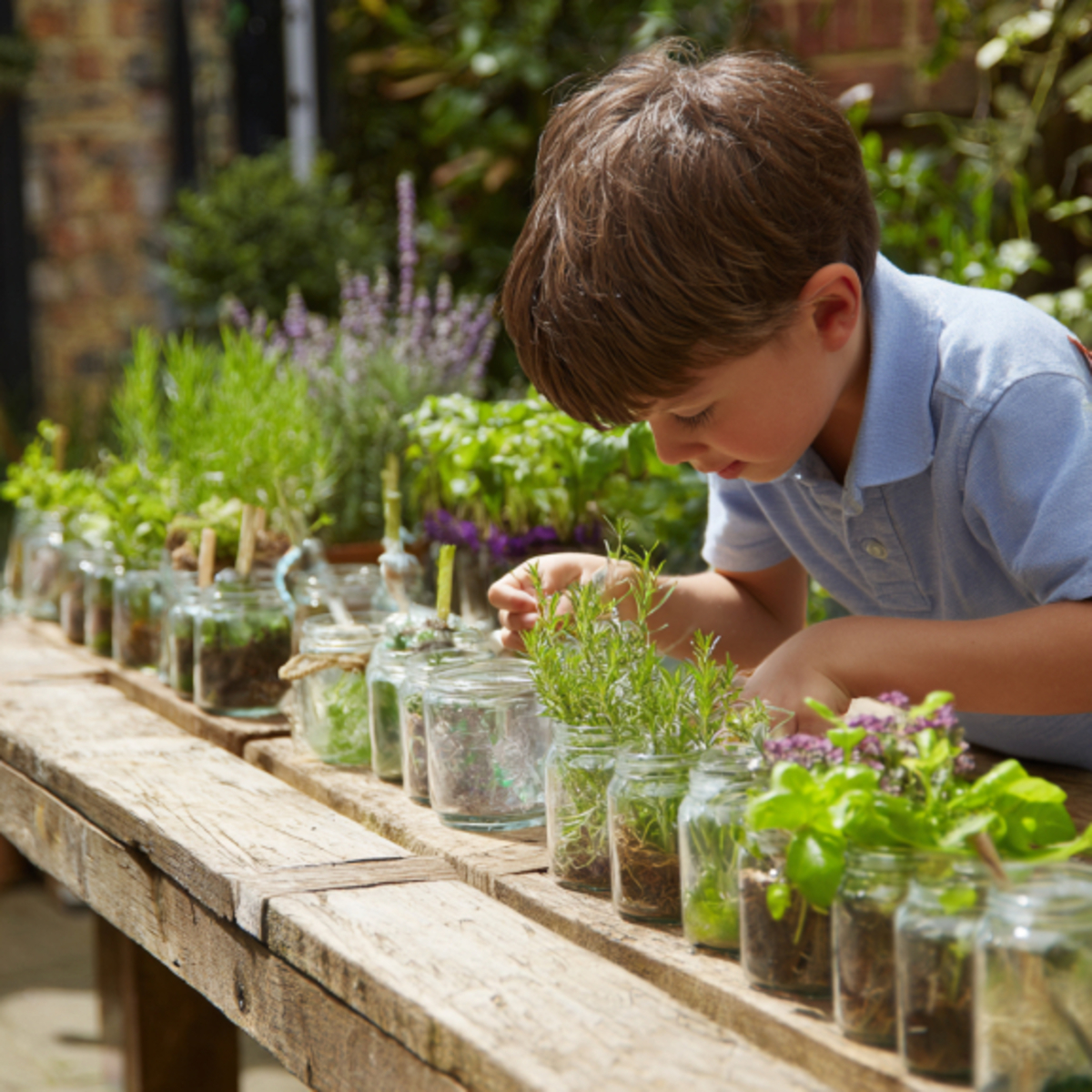
Planting herbs in pots at child height lets them touch and smell leaves anytime they like. Kids can rub the leaves of basil, lavender, or mint between their fingers to explore both texture and scent.
This simple garden idea blends tactile play with sensory learning.
13. Feather Grass Border
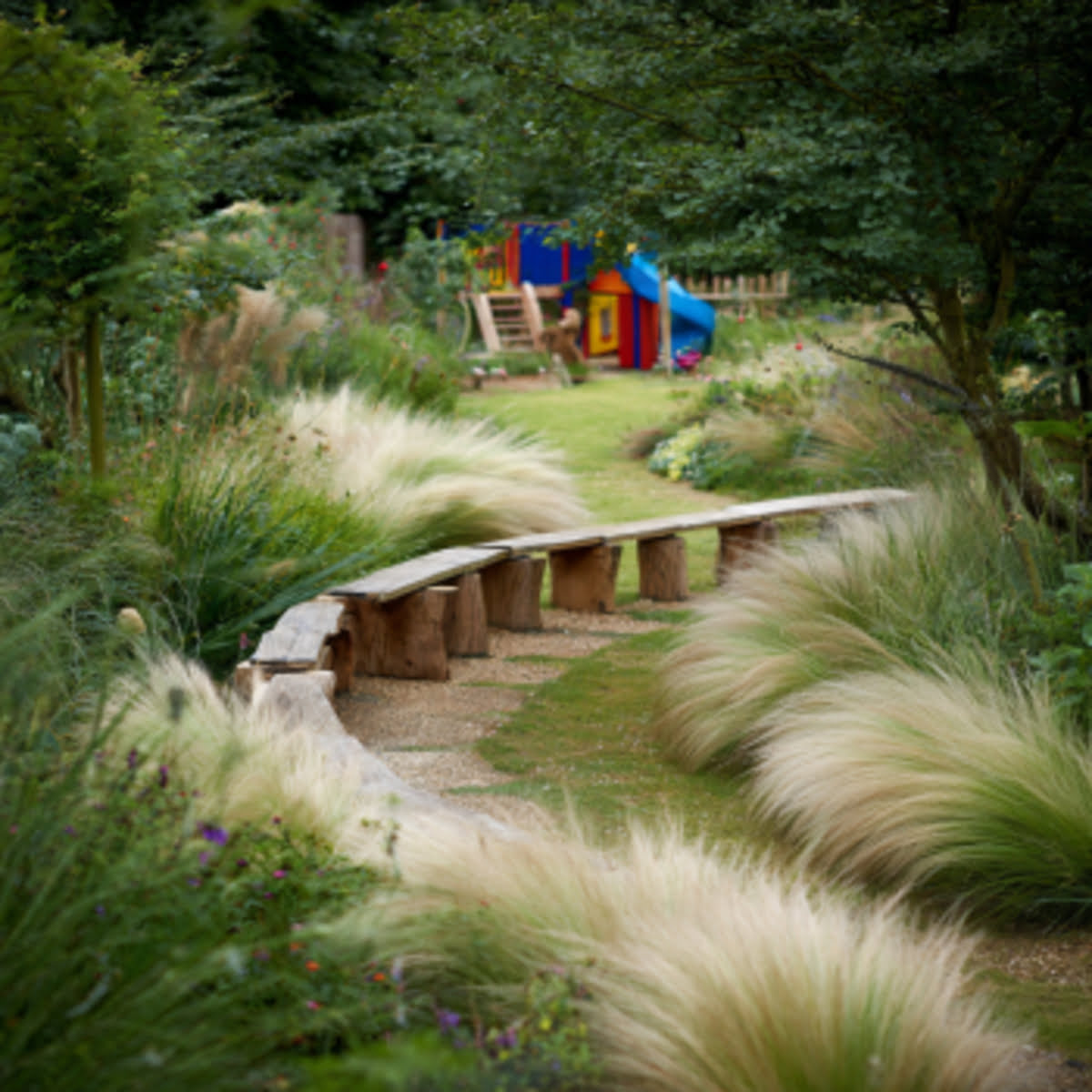
Feather grass or similar soft grasses create a tactile border that children can brush their hands through.
The light, wispy feel is playful and soothing. This adds movement and gentle textures to the garden experience.
14. Tree Bark Exploration Wall
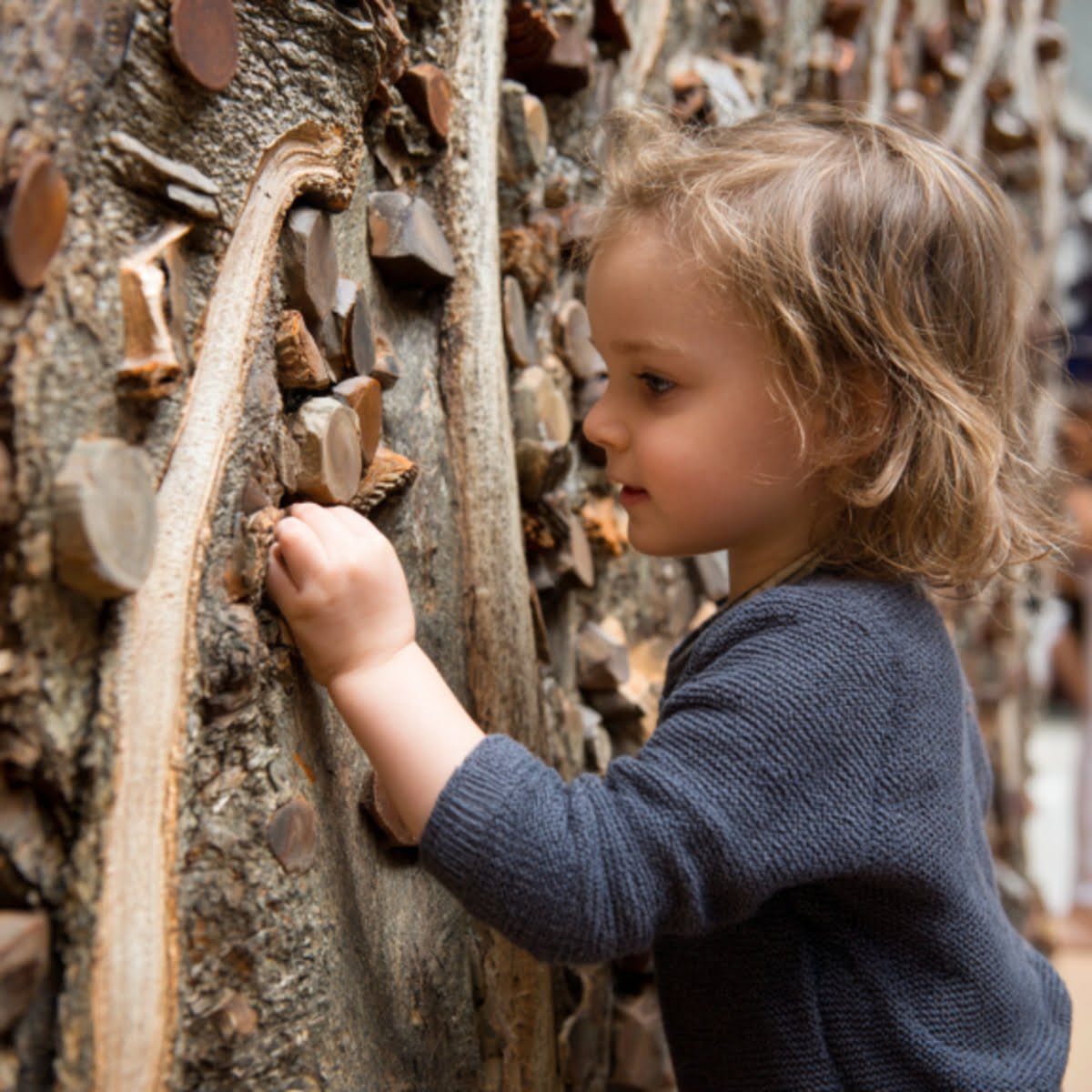
A wall or row of trees with different bark textures introduces kids to rough, bumpy, and peeling surfaces.
Children can run their hands along the bark and notice the variety between species. This tactile experience helps them connect with trees in a new way.
15. Clay Play Station
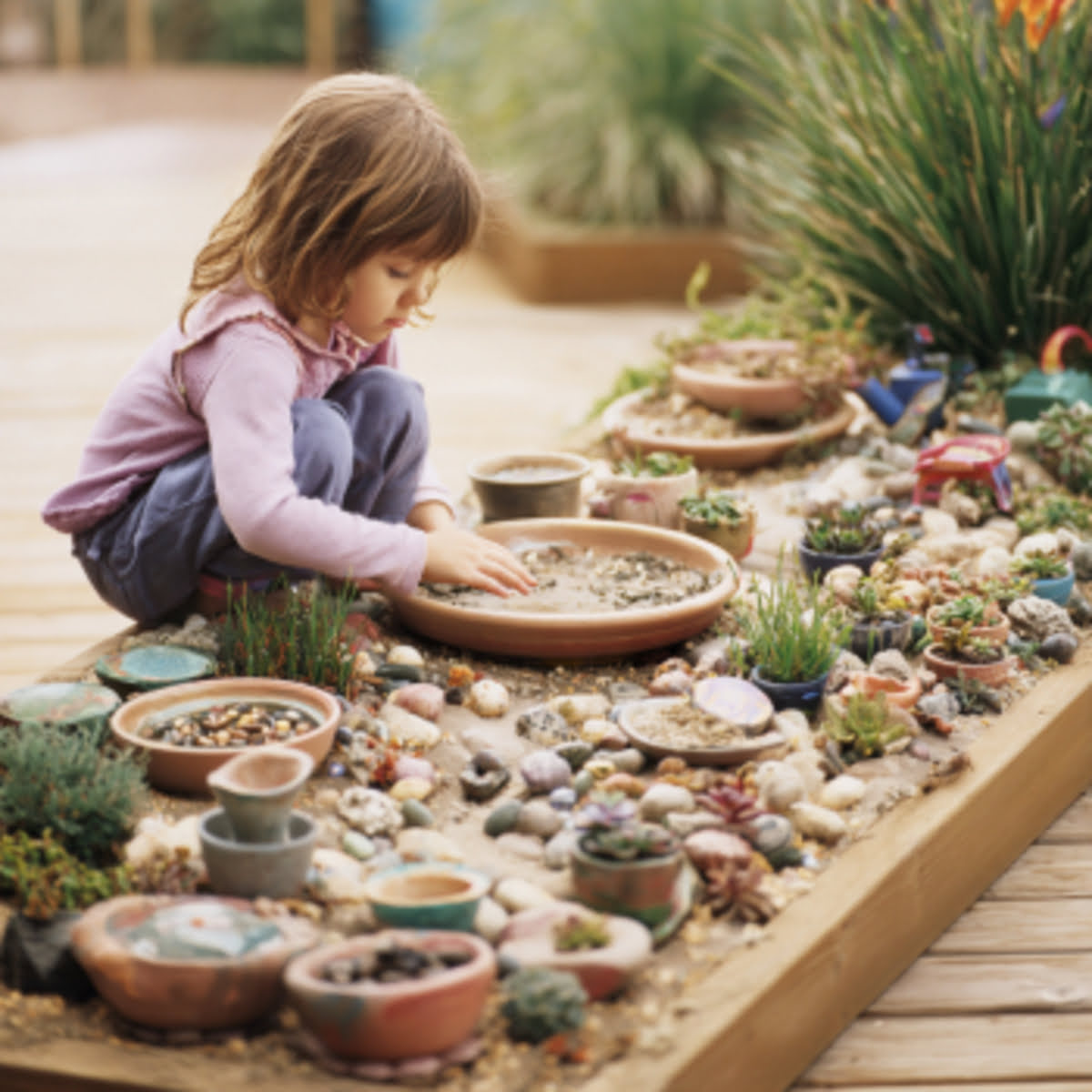
A small clay station lets children squish, roll, and shape natural clay. The cool, moldable texture encourages creativity and fine motor development.
As a tactile garden feature, it gives them a direct connection to earth materials.
16. Smooth Stone Seating Circle
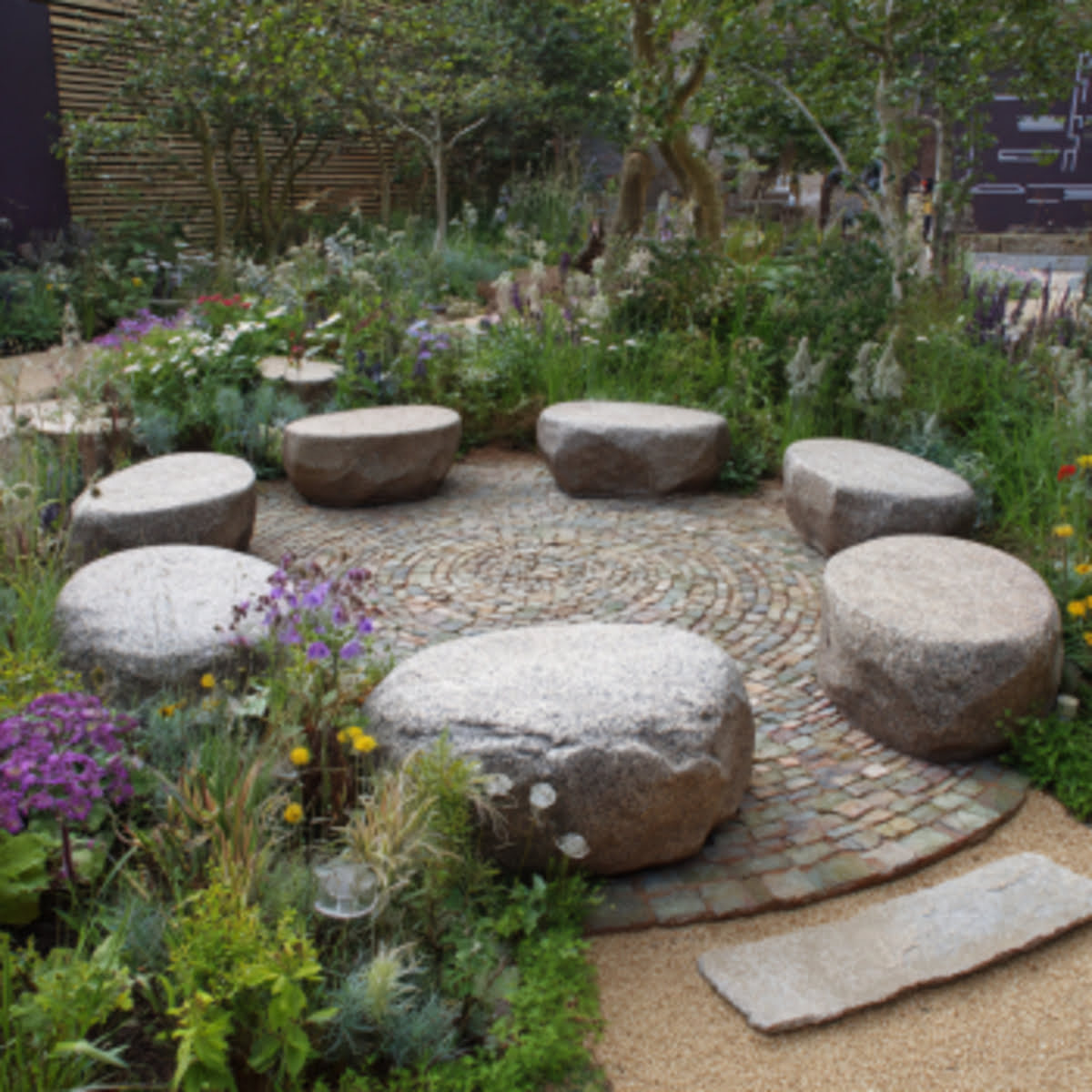
A seating area made of smooth stones or boulders invites children to sit, climb, and touch. The cool, polished surfaces contrast with rougher textures elsewhere in the garden.
This idea adds both functionality and sensory value to the outdoor space.
17. Woolly Lamb’s Ear Patch
Lamb’s ear is one of the softest plants children can touch, with leaves that feel like velvet.
A dedicated patch allows kids to return again and again to stroke the foliage. This tactile idea is calming and memorable for young explorers.
18. Crunchy Leaf Pile Corner
A corner filled with dried leaves creates a playful, crunchy texture that children can jump in and explore.
They can gather, scatter, or simply enjoy the sound and feel of the leaves. This seasonal tactile idea brings excitement and variety to the garden.
19. Tactile Raised Planter Boxes
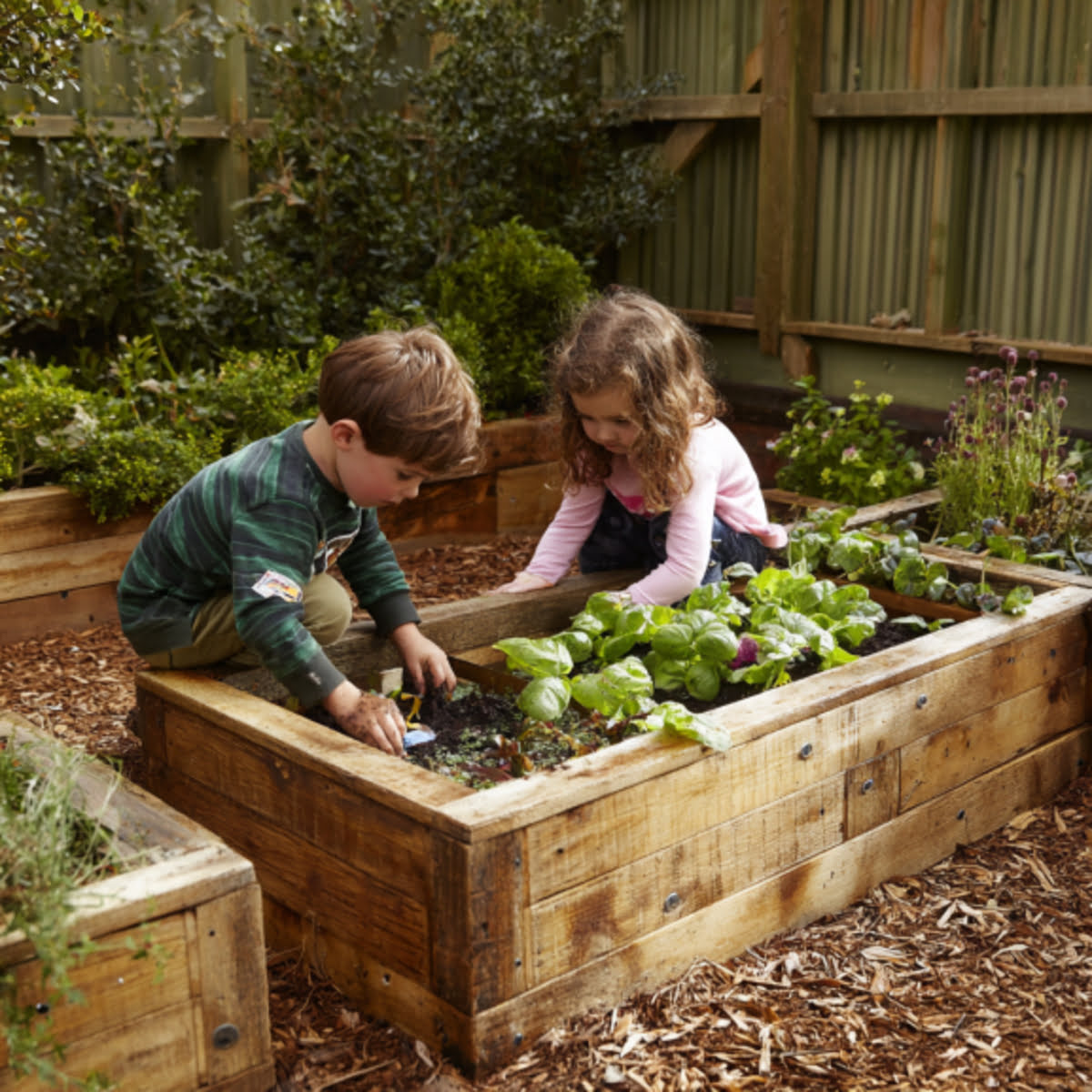
Raised planter boxes filled with textured plants, stones, and soil provide an easy-access tactile zone.
Children can touch, dig, and explore without needing to bend low to the ground. This design makes sensory gardening more convenient and engaging.
20. Mixed-Texture Climbing Frame
A climbing frame wrapped with ropes, wooden planks, and soft fabric sections offers a variety of textures to explore while playing. Kids can feel smooth, rough, and flexible materials as they climb.
This combines physical activity with tactile exploration, making it one of the most interactive tactile garden ideas for children.
A tactile garden gives children a chance to use their sense of touch while discovering the many textures nature offers.
From soft plants and smooth stones to rough bark and playful sand, each feature adds a new layer of learning and fun.
These tactile garden ideas for children not only encourage play but also help build sensory skills and a stronger connection with the outdoors.
